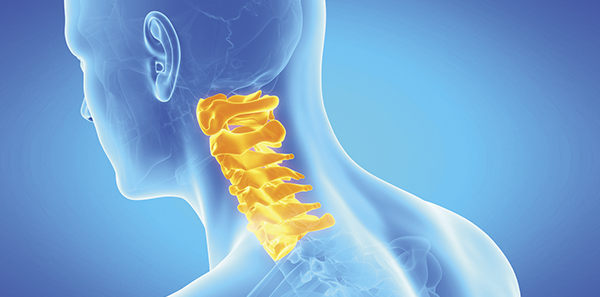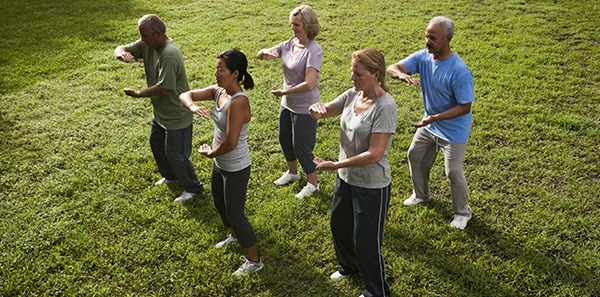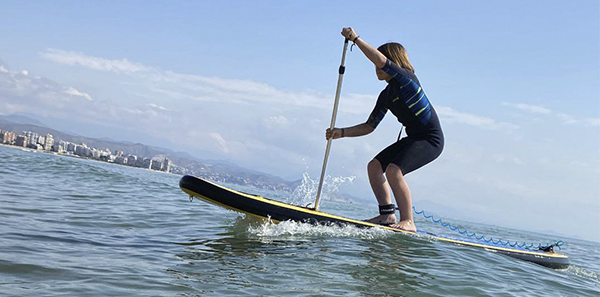
Cervical spine – or neck – pain is common and is likely to affect 70% of the population at some time in their lives.
In 60% of cases, the problem recurs after the first episode. This recurrence is due to neuromuscular system disturbance that occurs after the initial injury and that generates a series of adaptations in the way your body controls movement and in your posture.
Studies have shown inhibition in the deep flexor muscle group, which is then replaced by an increase in the activation of the scalene and sternocleidomastoid muscles in the neck flexor muscle group. This increased activity is proportional to the pain felt, and the ability of the muscle to relax after completing an activity is also reduced.
In the extensor muscle group, the semispinalis and multifidus muscles are inhibited, compensated by the splenius muscle of the head.
The inhibition of the lower trapezius muscle is compensated by the upper trapezius and levator scapulae muscles.
All these changes produce pain from excessive tension, either in the deep muscle tissue, like the case of the trapezius muscles, or at the muscle insertion point, as in the case of the splenius and scalene muscles.
There is a series of tests that can confirm these muscular dysfunctions and enable us to work specifically on the inhibited muscles, restoring their normal activity and resolving the problem.
It is important to work at the right intensity, in positions that ease the process and without applying too much pressure, concentrating on the quality of the exercise rather than the quantity or the intensity, and not forgetting to ensure appropriate progression.
Although there should be an improvement after the first few sessions, the exercises should be done for 12 weeks to obtain the desired results.
The best outcome is achieved by combining exercise and manual therapy.
D. Javier Lledó – Physiotherapy
The information published in this media neither substitutes nor complements in any way the direct supervision of a doctor, his diagnosis or the treatment that he may prescribe. It should also not be used for self-diagnosis.
The exclusive responsibility for the use of this service lies with the reader.
ASSSA advises you to always consult your doctor about any issue concerning your health.












